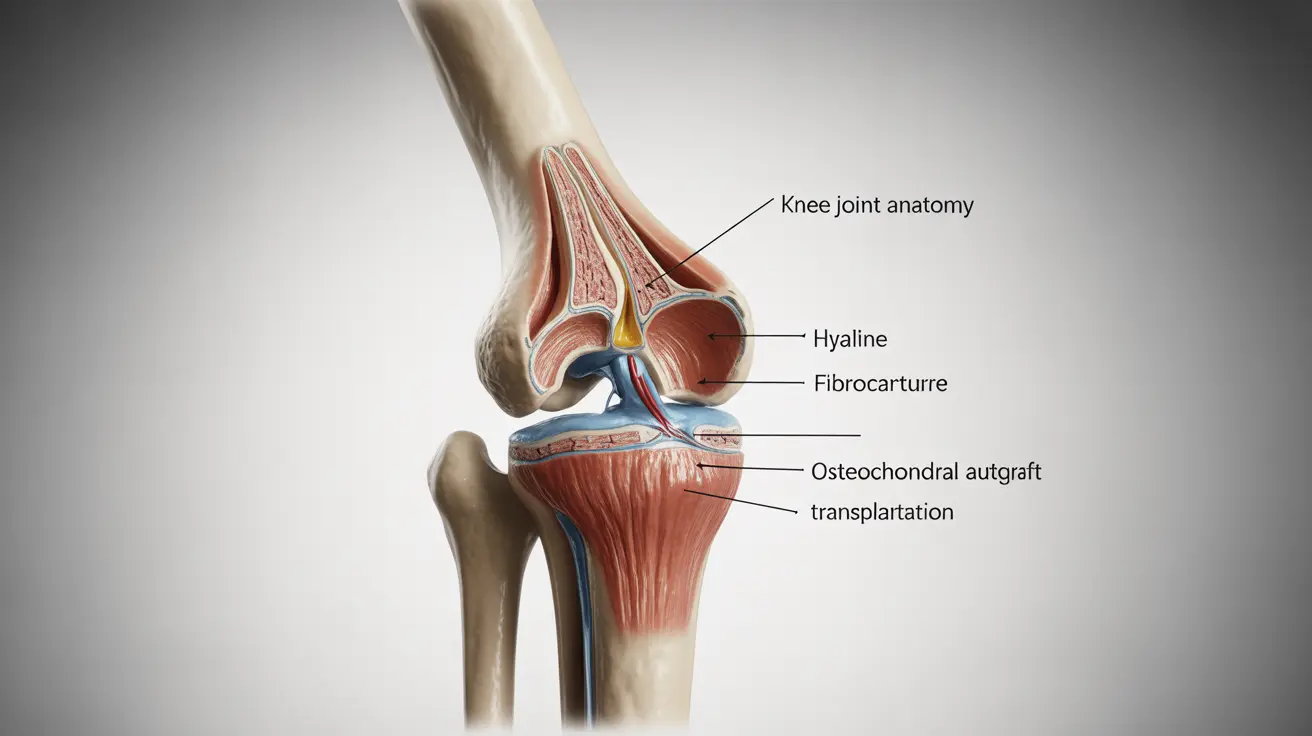Liver function tests (LFTs) are essential diagnostic tools that evaluate various aspects of liver health. These tests measure the levels of liver enzymes, proteins, and substances produced or processed by the liver. Here's what you need to know:
- Enzymes:
- Alanine Aminotransferase (ALT): Elevated levels indicate liver damage. It's critical for diagnosing acute liver conditions.
- Aspartate Aminotransferase (AST): Increased AST levels signal liver injury, though it’s also found in the heart and muscles.
- Alkaline Phosphatase (ALP): High ALP levels may suggest bile duct obstruction or liver disease.
- Gamma-Glutamyl Transferase (GGT): Elevated GGT levels often point to bile duct issues and are used alongside ALP to confirm liver conditions.
- Proteins & Substances:
- Albumin: Lower levels of this protein can indicate chronic liver disease, as the liver synthesizes albumin.
- Bilirubin: High bilirubin levels lead to jaundice and may signal liver dysfunction or bile duct blockage.
- Total Protein & Globulin: Abnormalities in these proteins can reflect liver damage or inflammation.
- Additional Indicators:
- Prothrombin Time (PT): Prolonged PT indicates issues with blood clotting factors produced by the liver, hinting at liver health deterioration.
- Lactate Dehydrogenase (LDH): Elevated levels can be a secondary indicator of liver or heart tissue damage.
Significance:
- Disease Detection: LFTs play a crucial role in diagnosing liver diseases like hepatitis, cirrhosis, and non-alcoholic fatty liver disease.
- Health Monitoring: They enable ongoing monitoring of liver health, particularly for individuals with known liver conditions or those on medications that may affect liver function.
- Symptom Guidance: Abnormal LFT results guide further diagnostic testing and symptomatic management.
Recommended Tests:




